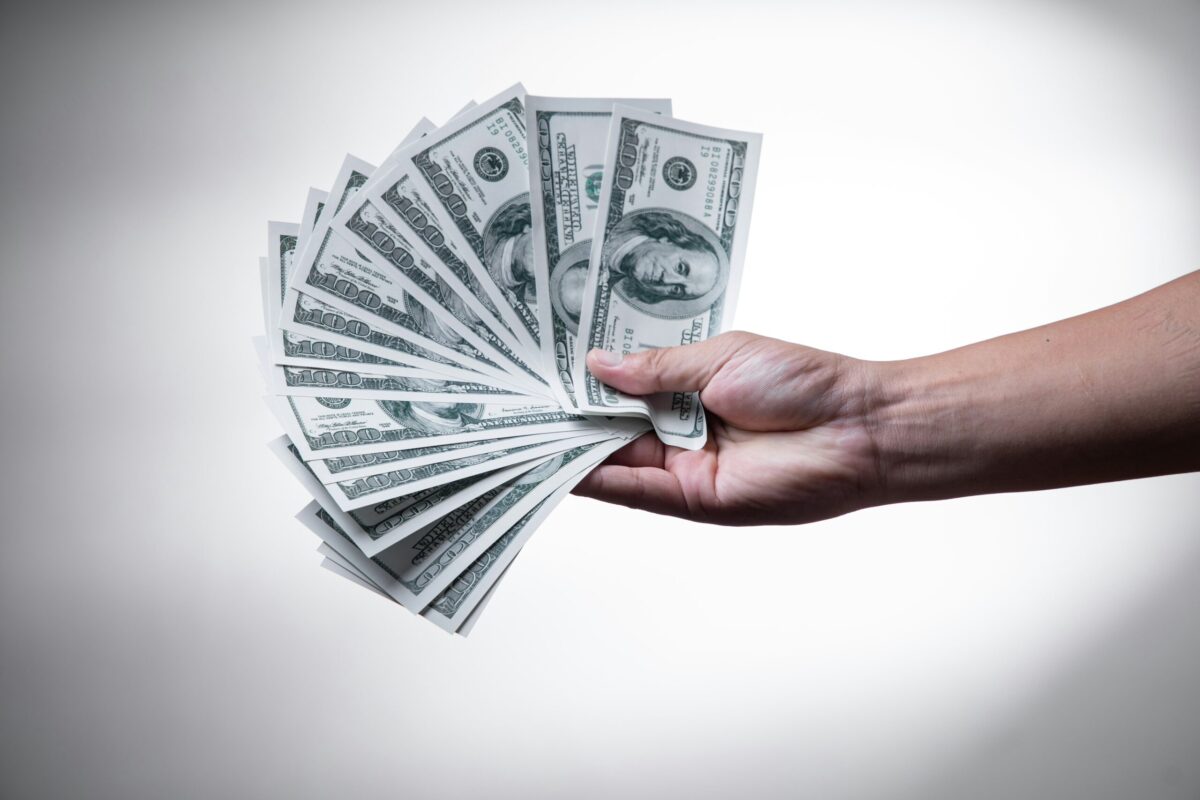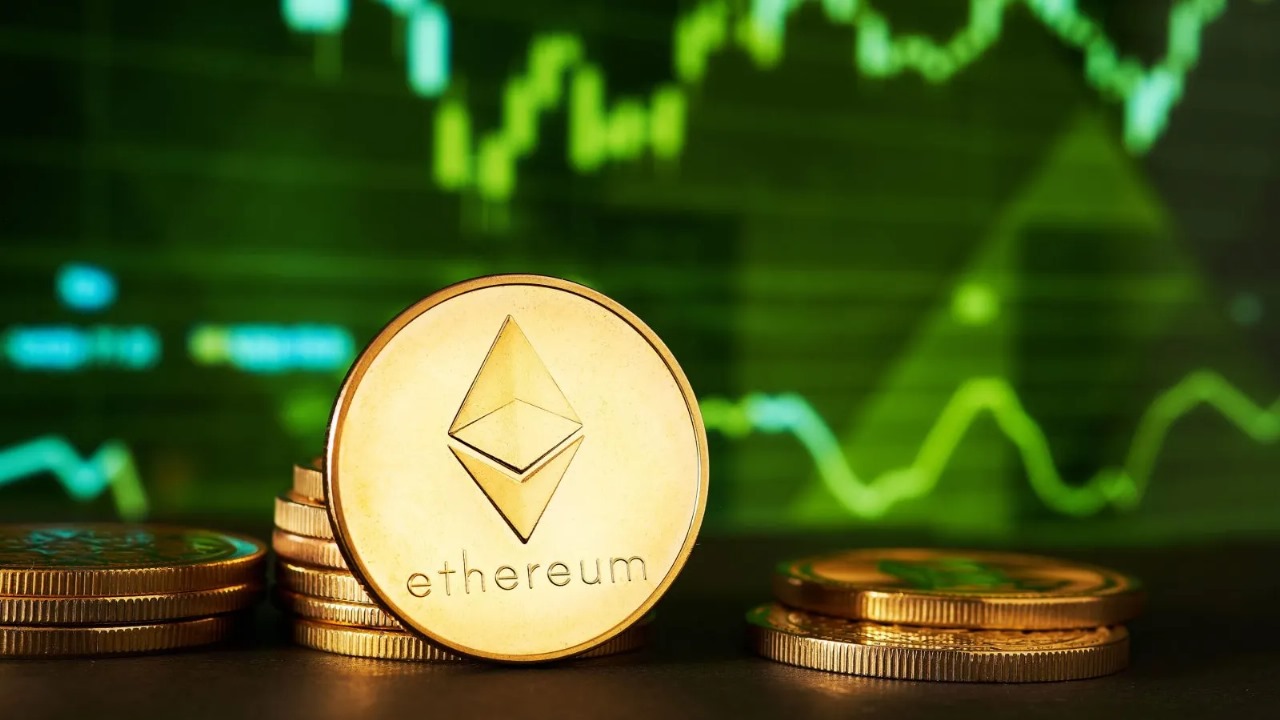FTX has started refunding customers who lost money when the cryptocurrency exchange collapsed in November 2022. This marks a major step in the long and complex bankruptcy process that has been ongoing for nearly two years.
The first group to receive payments are those who are owed up to $50,000. This group, called the “convenience class”, will get their refunds in the next one to three business days. FTX has set aside $1.2 billion for this initial round of repayments.
The funds are being distributed through Kraken and BitGo, two well-known digital asset custodians. These companies will ensure that the payments are processed smoothly and securely.
FTX’s bankruptcy administrator, John J. Ray III, who is also the CEO of FTX Debtors, said this was a significant milestone.
“We are pleased to commence initial distributions today and set the timeline for our next distribution”, Ray said. “We appreciate our customers and creditors’ patience and collaboration throughout this complicated process. Our work is not over – we intend to continue our recovery efforts and return funds to additional claim classes.”
FTX’s repayment plan was approved by a US court in October 2024. Under this plan, 98% of creditors will receive at least 118% of the amount they lost, but the repayments are being made in US dollars, not cryptocurrency.
While this is a relief for some customers, others are not satisfied. Many believe that FTX should return funds in cryptocurrency rather than in dollars based on the value of assets when the exchange went bankrupt.
Customers still frustrated
This first round of payments only covers a portion of the people affected by FTX’s collapse. Customers with larger claims or more complex cases are still waiting for their refunds.
The next round of payments is scheduled for 30 May 2025, with another key date on 11 April 2025. On that day, FTX will identify additional claimants who are eligible for the next round of repayments.
FTX is using a phased approach to ensure that the process runs smoothly. Working with Kraken and BitGo, the company is attempting to return as much money as possible to users who have been waiting for nearly two years.
However, some customers are unhappy with how the repayment process is structured. The biggest complaint is that FTX is calculating refunds based on the value of cryptocurrency in November 2022 instead of today’s prices.
For example, Bitcoin ($BTC) was worth around $16,000 when FTX collapsed. Today, Bitcoin’s price is over $63,000. Many customers feel that they are losing out because they are being paid in cash rather than in the actual cryptocurrencies they originally deposited.
One of the lawyers representing FTX creditors, David Adler, described their frustration: “Customers are struggling to accept that they are receiving a full recovery based on prices from when FTX collapsed, not today’s significantly higher market value.”
FTX has defended its approach, explaining that it is not possible to return the original cryptocurrency assets. This is because those funds were misused by FTX’s former management team, led by Sam Bankman-Fried.
Legal and financial challenges continue for FTX
FTX’s collapse was one of the biggest scandals in cryptocurrency history. The company’s founder, Sam Bankman-Fried, was found guilty of fraud for stealing customer deposits and using them for high-risk investments through Alameda Research, a crypto trading firm he controlled.
In 2024, Bankman-Fried was sentenced to 25 years in prison for his role in the fraud. The former CEO of Alameda Research, Caroline Ellison, also faced legal consequences. She was sentenced to two years in prison after admitting to her role in the financial misconduct.
While the legal cases against FTX’s former leadership have mostly been settled, the company itself is still dealing with financial challenges.
One ongoing issue involves $1 billion in assets that were seized by the US Department of Justice. These funds are currently held by the government, and discussions are ongoing about how they should be distributed.
Some reports suggest that FTX shareholders—who normally do not receive anything in bankruptcy cases—might get a portion of this money. Court documents indicate that shareholders could receive up to $230 million.
To raise money for repayments, FTX has also been selling off its investments. One major sale involved the company’s stake in AI startup Anthropic, which helped add to the $16.5 billion that FTX is using to pay back customers.
John J. Ray III acknowledged the challenges but praised the team’s efforts. “Today’s success is a result of the hard work and expertise of the professionals involved in this case, who have managed to recover billions by reconstructing FTX’s financial records and gathering assets globally”, he said.
What comes next for FTX customers?
Despite this progress, many FTX customers are still waiting to get their money back. The company has not confirmed exactly when all repayments will be completed.
In September 2024, there were false rumours that FTX had already started distributing refunds. However, those reports turned out to be incorrect.
FTX has warned customers to stay alert for scams and misinformation. Some fraudsters have been pretending to be part of FTX’s repayment team, trying to trick people into giving up their login details or personal information.
The company has advised users to only trust official communications and to double-check any emails or messages claiming to be from FTX.
Once the remaining billions of dollars are returned to users, this could have a big impact on the cryptocurrency market.
Earlier in 2024, another major crypto exchange, Mt. Gox, also started repaying its creditors. This led to changes in market liquidity as some users sold their refunded assets while others reinvested in crypto.
Experts believe that FTX’s repayments could have a similar effect. If large amounts of funds are returned at once, some recipients may sell their assets, affecting prices in the market. Others may reinvest, increasing trading activity.
For many FTX customers, the wait for refunds has been frustrating and stressful. Some have lost large sums of money and are only now beginning to see some of it returned.
While the first round of payments is a step forward, there is still a long way to go. The next repayment phase is scheduled for May 2025, but many creditors with larger claims will likely have to wait longer.


